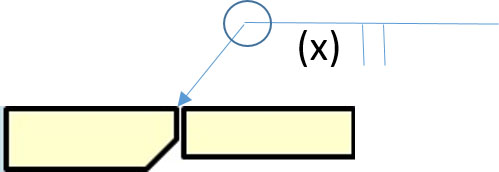We will be welding this per BAC 5975 (all aerospace work over here). It is a GTAW weld on 6061-T6 aluminum. I agree that the inside bevel isn't ideal, but that's the design of the stock Hydraflow fitting. The OD is the same on both components, so the difference in wall thickness only shows up on the inside.
I will definitely have the welder perform a nice, long purge. I've been trying to promote purging a little longer than they think is necessary. Since we aren't a particularly high throughput shop, I'd rather err on the side of caution. We have to qualify the weld with penetrant and X-ray examination, so I'll definitely know if we get CJP. I'm thinking the bevel might even help us see the penetration better before we start in on NDT.

